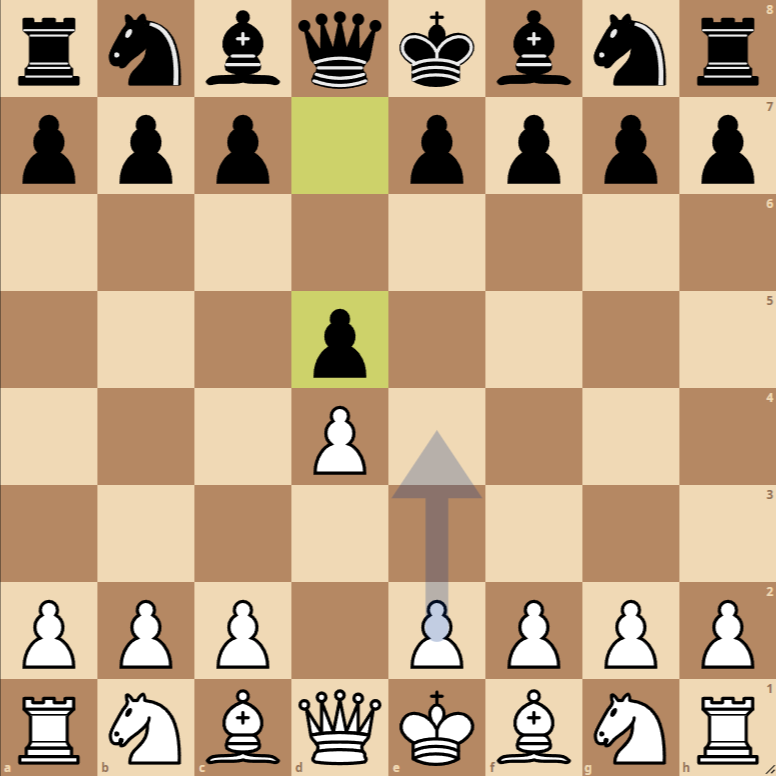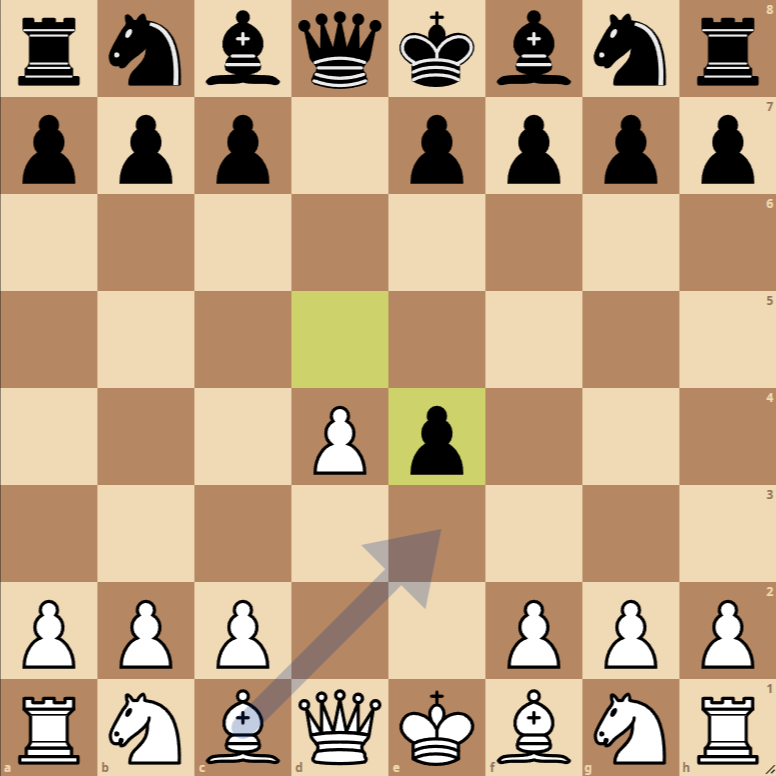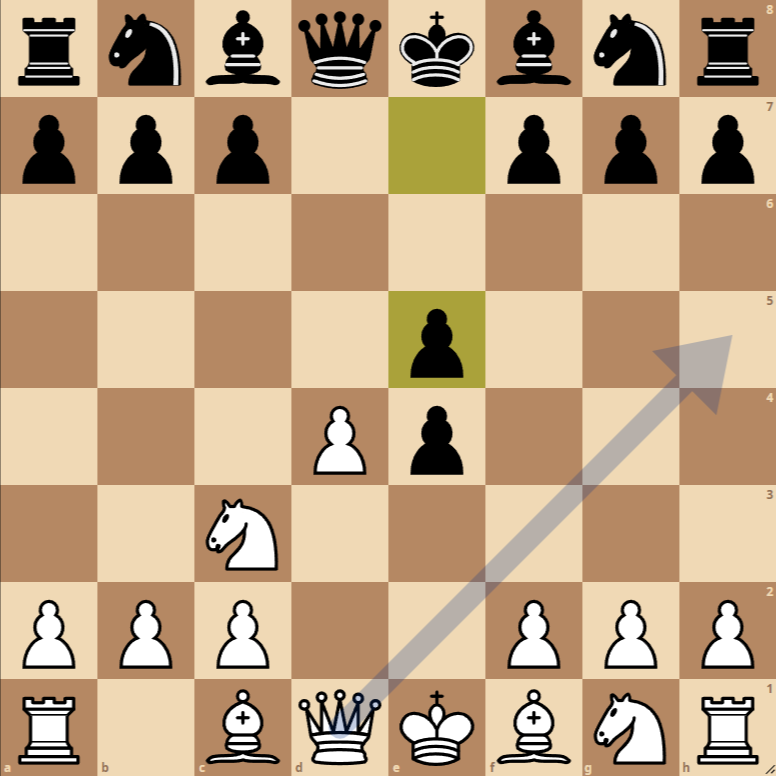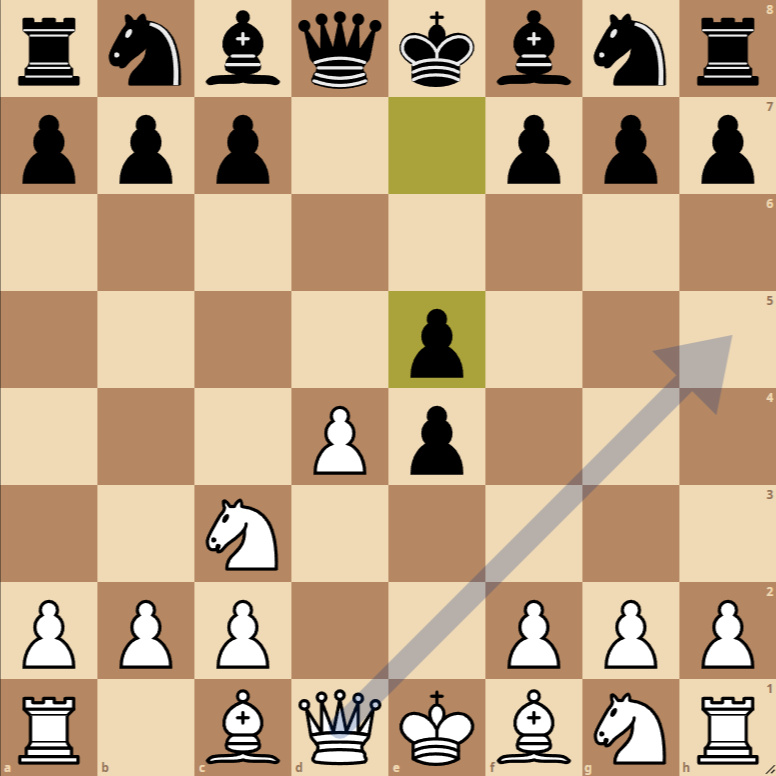How to Play the Blackmar-Diemer Lemberger Gambit Opening



- 1. d4 d5: Both white and black occupy the center of the board, preparing the ground for the development of their pieces. It’s a classic opening that aims for solid pawn structures and balanced positions.
- 2. e4: White offers a pawn in the hope of disrupting the central structure of black and gaining initiative. This move marks the beginning of the Blackmar-Diemer Gambit, aiming to open lines for their pieces and accelerate their development.
- 2… dxe4: Black accepts the gambit by capturing the pawn on e4. This move is a common response, accepting the offered material and challenging white to prove compensation for the sacrificed pawn.
- 3. Nc3: Development of the knight towards the center, attacking the pawn on e4, and preparing to regain the material. White continues with their plan for rapid development and control of the center.
- 3… e5: Black advances a pawn to the center, defending the pawn on e4 and challenging white’s center. This move marks the Lemberger Countergambit, aiming to maintain the gained pawn and counter white’s initiative with active play.
Variations of the Blackmar-Diemer Lemberger Gambit Opening
1. Gambit Rejection Variation
Instead of accepting the gambit with 2… dxe4, black can choose to keep tension in the center with moves like 2… c6 or 2… e6, aiming for a more closed and positional game.
2. Early Acceptance Variation
After 2… dxe4, black can try to consolidate their extra pawn quickly with moves like 3… Nf6, aiming to develop their pieces while maintaining the gained material.
3. Aggressive Variation
A more aggressive response by black after 3. Nc3 can be 3… f5, defending the pawn on e4 with a pawn and preparing the development of the dark-squared bishop. This line leads to a highly dynamic game and complex positions.

